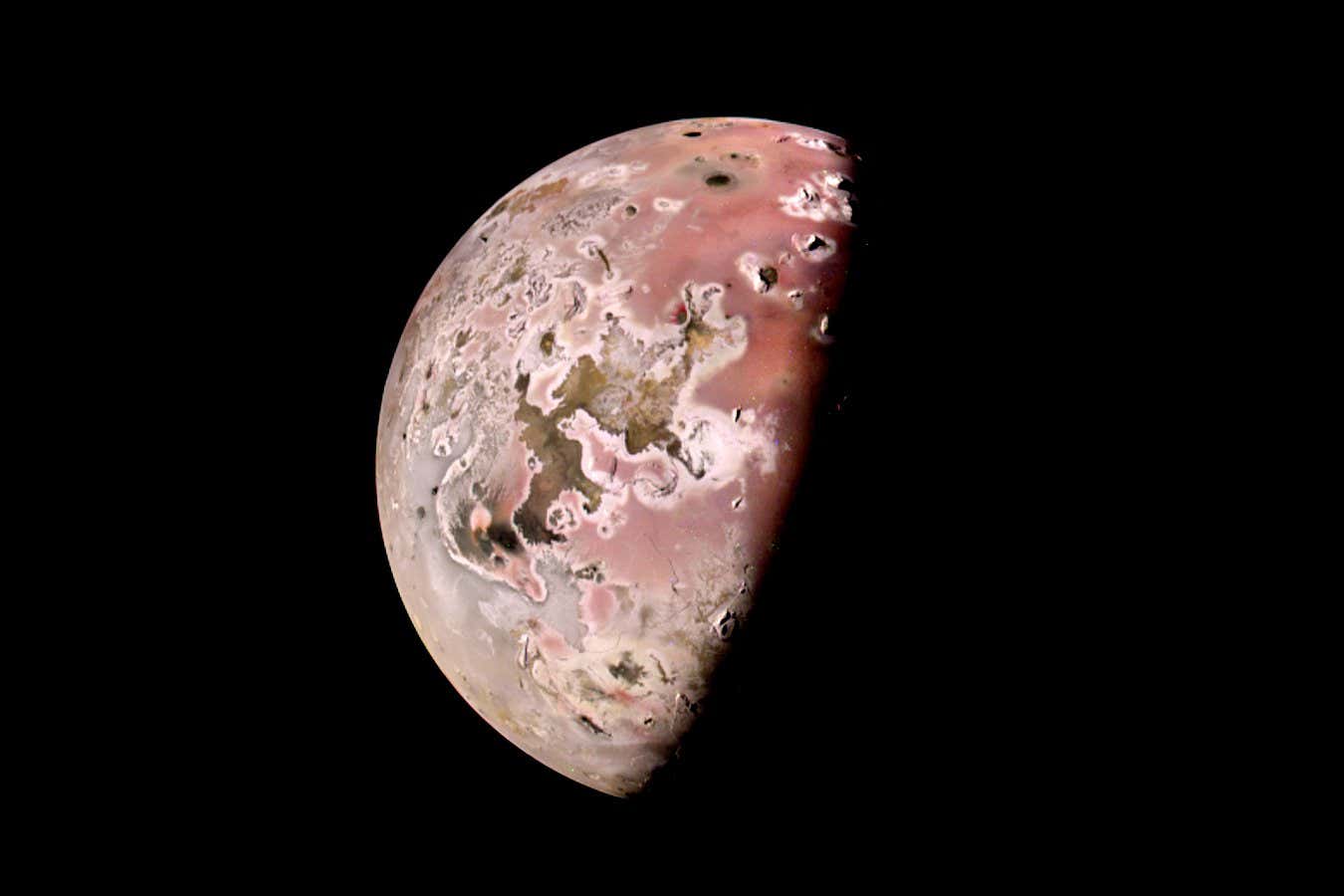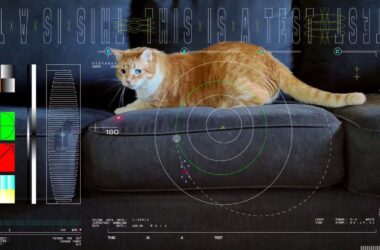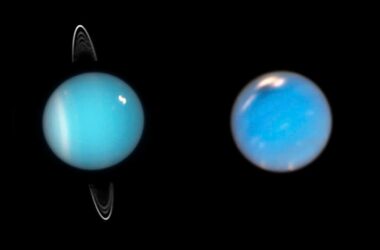NASA’s Juno spacecraft has captured the most detailed images of Jupiter’s moon Io in several decades. On October 16, Juno passed by Io at a distance of 11,645 kilometers, providing a close-up view of the moon.
Io, which is slightly larger than Earth’s moon, is known for its more than 400 active volcanoes. The latest image captured by Juno shows the shadows of these volcanoes, some of which are believed to be taller than Mount Everest. The image has been enhanced to display the colors more vividly.
In the coming months, Juno is expected to capture even closer images of Io as it continues to orbit Jupiter. By February 2024, it will come as close as 1500 kilometers to Io’s surface.
Juno was launched in 2011 and entered Jupiter’s orbit in 2016. Since then, it has been studying the planet and its moons.
Jupiter has a total of 95 known moons, with the four largest known as the Galilean moons – Io, Europa, Ganymede, and Callisto. Last year, Juno flew within 352 kilometers of Europa and provided the closest images of the moon in over two decades. It also conducted a similar fly-by of Ganymede in 2021, capturing detailed images and collecting data on the moon’s magnetic fields.
The previous best images of Io were taken by NASA’s Galileo orbiter, which was launched in 1989 and orbited Jupiter for eight years. Galileo photographed Io in 2001 before it was intentionally crashed into Jupiter to avoid contaminating any potentially habitable moons. Similarly, Juno is expected to de-orbit into Jupiter in September 2025.








